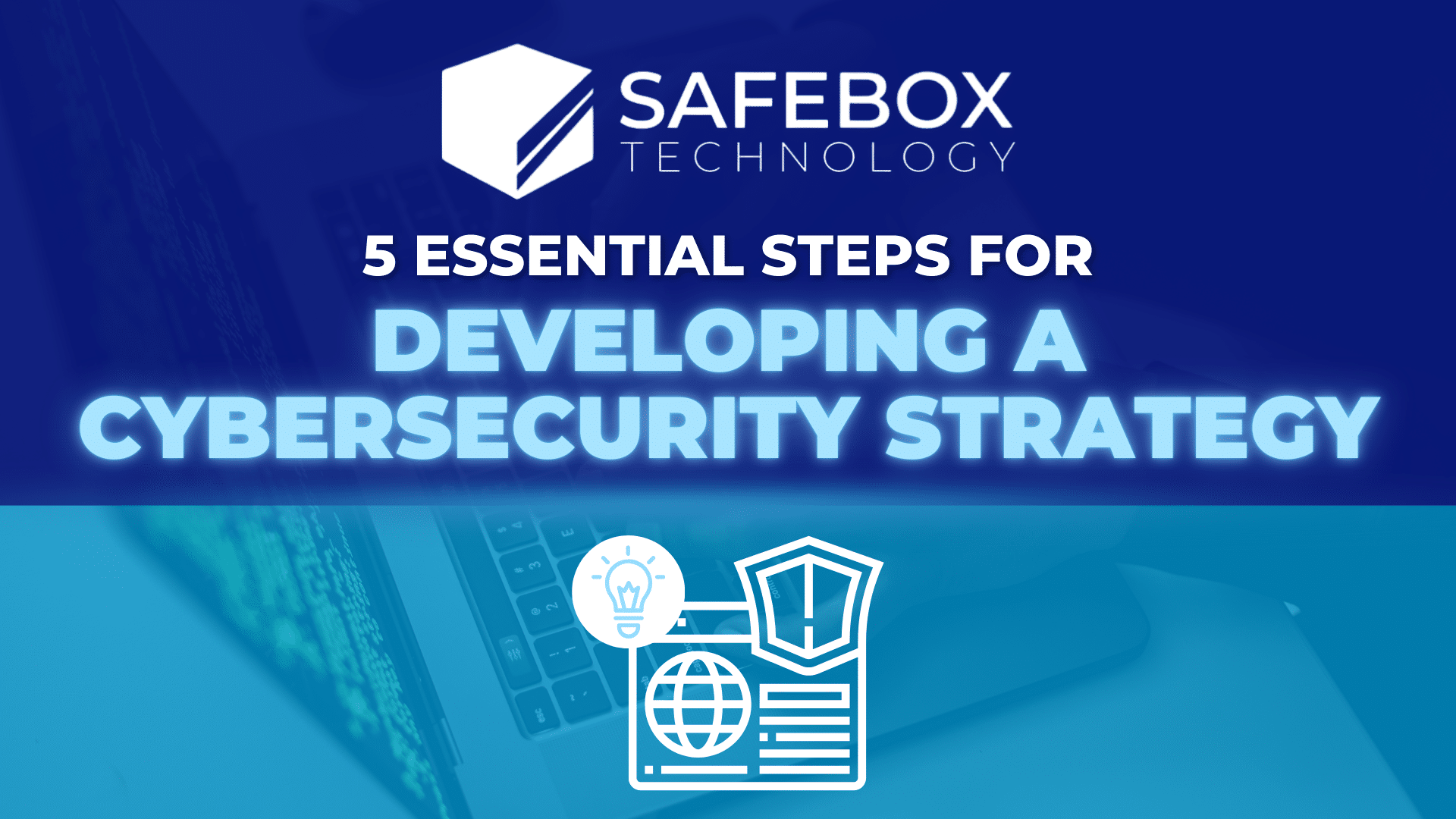Cyberattacks are no longer hypothetical scenarios; they are happening quite frequently. The IBM Report has pointed out that the cost of data breaches globally has risen to $4.88 million in 2024.
Cybersecurity planning is crucial for a business to succeed in the current world. Businesses must have a proper and well-thought-out plan since the absence of one could lead to dire consequences such as loss of funds, reputational damage, and legal issues. The following blog post contains practical suggestions and real-world applications to help you break down the five key components of a cybersecurity strategy.
Step 1: Conducting a Comprehensive Risk Assessment
Identifying and evaluating risks, weaknesses, and resources within your organization is known as cybersecurity risk assessment. The aim is to determine where the particular organization has the most significant potential for breach and where the defenses should be most potent.
First, businesses must identify critical assets required for a company, such as financial records, customer data, and intellectual property, before conducting a risk assessment. Next, discover possible threats such as ransomware, phishing scams, malware, and insider threats. Determine the organization’s vulnerabilities by performing vulnerability scans and penetration tests on the weak points in the IT infrastructure. Finally, evaluate how an attack from cybercriminals can impact your business regarding operations and finances.
The Verizon 2023 Data Breach Investigations Report stated that around 74% of data breach cases were due to human factors such as social engineering and mistakes. Without risk assessments, companies will be left vulnerable to substantial financial losses. It enables businesses to understand the ‘weak points’ and guides them on where to channel their efforts in their IT security planning.
Step 2: Developing Preventive Measures
A strong cybersecurity strategy is built on preventive measures. By taking preemptive measures, networks, devices, and sensitive data are protected before threats become more serious. To monitor and safeguard network traffic, necessary precautions include putting intrusion detection systems, firewalls, and VPNs into place. Role-based access control (RBAC) helps restrict access to sensitive systems and data, and businesses should utilize antivirus software and sophisticated endpoint security technologies to protect devices. To address known vulnerabilities, systems and apps must be patched regularly. Employee education on phishing awareness, creating strong passwords, and safe online conduct is also crucial.
One noteworthy real-world example involves a large retail chain that experienced a significant data breach in 2018. The main culprit was an outdated Point of Sale (POS) system that lacked appropriate access controls and frequent updates. According to Keepnet, investing in preventive measures like endpoint protection and employee training can lower breach risks by as much as 70%.
Step 3: Creating a Response and Recovery Plan
Businesses need to be ready for the prospect of a successful cyberattack, even though prevention is crucial. A well-defined response and recovery strategy guarantees prompt action to reduce harm. Making regular, encrypted backups of essential systems and data and creating an incident response team tasked with identifying, containing, and mitigating cyber incidents is crucial.
Companies should also test disaster recovery plans frequently to guarantee quick system restoration and create a communication plan to notify customers, staff, and stakeholders during a crisis.
Step 4: Implementing Continuous Monitoring and Improvement
The evolution of cyber threats is continuous. Therefore, constant monitoring is one of the strategies included in cybersecurity. It helps avoid detection by real-time threats that render an institution vulnerable to new security holes. Among such tools are Security Information and Event Management (SIEM), which uses real-time alerts of suspected activities and routine security audits to detect and fix new vulnerabilities within a facility environment. Adaptive improvement fuelled by current threat intelligence and trends enables security against the latest threats.
These include SIEM systems that automatically detect threat detection and response across an entire IT enterprise. Meanwhile, pattern-identifying, anomaly-exploring analytics powered by AI have a great prospect of signifying an attack. Proactively spot possible threats from incidents that could lead organizations into data breaches, costing a fortune. Keeping them continuously monitored is the answer to staying in the competition against cyberattacks with ever-protecting industrial critical assets.
Step 5: Employee Education and Awareness
Even the most advanced cybersecurity systems can go awry if the employees do not know their responsibility concerning security. The human factor continues to be one of the most critical cyberattack risks.
Employee training involves identifying and reporting phishing emails to encourage password best practices with strong, unique credentials and continuing cybersecurity workshops. Simulated attacks, such as phishing tests, help reinforce awareness and build an organization’s security-conscious culture.
Regarding employee education, results speak loudly: 71% of organizations quoted in the 2023 Proofpoint Report suffered phishing attacks within the last year, many successful due to human error. This investment in education seems to save risks, making employees an entry point in securing the first line of defense against threat actors.
Secure Your Business with Safebox Technology
A well-grounded cybersecurity strategy should be proactive and systematic. Safebox Technology can have you cover five must-have steps that secure your organization: risk assessment, preventive measures, response and recovery planning, continuous monitoring, and employee education.
Cybersecurity is not a one-time task—it’s an ongoing investment in resilience and operational continuity. Take the first step toward a safer tomorrow by prioritizing your IT security today. Contact Safebox Technology now to fortify your defenses against cyber threats.

